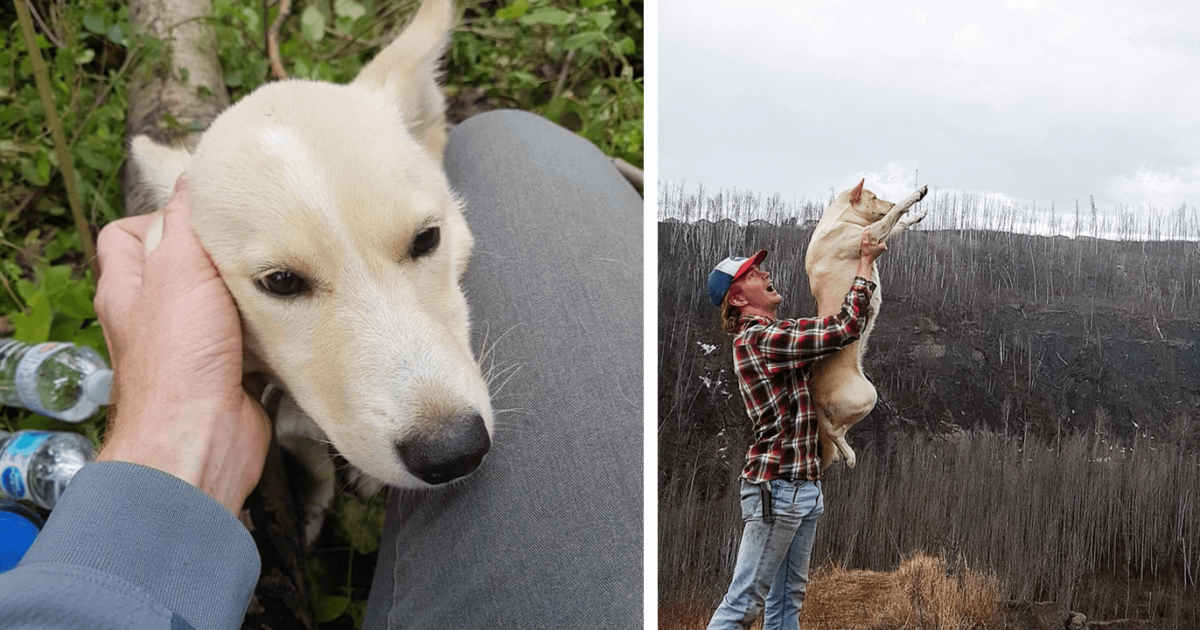When you take your dog for a walk, go on outdoor adventures, or simply enjoy time outside, warmer temperatures not only bring sunshine and longer days but also some unwanted guests like mosquitoes, fleas, and ticks. These pests can cause discomfort to dogs, transmit diseases, trigger allergic reactions, and even lead to more serious health issues if not prevented or dealt with effectively.
In this post, we cover some of the dangers pests pose to dogs, how to recognize bites, and ways to protect your pup. We help answer:
WHY ARE MOSQUITOES DANGEROUS TO DOGS?
Although some dogs may not feel bites or have an immediate reaction, mosquitoes can still carry the risk of transmitting heartworm disease. Even a single bite from an infected mosquito can introduce heartworm larvae into a dog’s bloodstream, leading to a potentially fatal condition as the parasites grow and live in the heart, lungs, and blood vessels..
Unfortunately, over one million dogs in the U.S. have heartworm, with the disease found in all 50 states. Learn more about heartworm in dogs and signs to look for from the American Heartworm Society.
WHAT ARE THE SYMPTOMS OF MOSQUITO BITES ON DOGS?
Like humans, a mosquito bite on dogs can look like a raised, red, and itchy bump. You may catch your pup licking or trying to scratch it, but this can cause skin infections or hot spots, so it is essential to look out for these signs early.
Some dogs can experience an allergic reaction to mosquito bites, which may cause swelling, difficulty breathing, stomach upset, and other classic signs of anaphylaxis, requiring immediate medical attention.
Depending on the thickness of your dog’s fur, detecting mosquito bites may be a bit difficult, but checking for signs anytime you spend time outdoors is important.
HOW CAN I PREVENT MY DOG FROM GETTING HEARTWORM DISEASE FROM MOSQUITO BITES?
There are a variety of ways you can help minimize the chances, including:
- Going to the vet regularly to check for heartworm, as early stages can often go undetected, and ask them about heartworm preventatives.
- Limiting or avoiding going outside during peak mosquito hours, which is typically at dawn and dusk.
- Keeping your distance from standing water and clearing out containers around your home that can hold water, like pots, bird baths, and even your dog’s water bowl if it has been left outside.
- Using dog-safe mosquito repellent as directed (note: never use human repellents on dogs).
WHY ARE FLEAS DANGEROUS TO DOGS?
Fleas are typically more active during warmer months, especially when the temperature ranges from 70°F to 85°F, with high humidity. However, they can be an annoyance to dogs year-round, as fleas can also thrive in the warmth of indoor environments.
Fleas are small, wingless parasites that can jump onto dogs and feed off their blood. There are a variety of reasons why fleas can be dangerous to dogs, including:
- Flea allergy dermatitis: An allergic reaction from flea saliva, which can result in symptoms like excessive itching, sore or infected skin, hair loss, hot spots, etc. Learn more about dog allergies here.
- Tapeworms: Fleas can transmit tapeworm parasites to dogs when they swallow an infected flea.
- Anemia: If there are a significant number of fleas on a dog, it can cause blood loss, leading to anemia.
- Bartonella infection: Also known as cat scratch fever, dogs can still contract the bacteria from an infected flea.
WHAT ARE SIGNS MY DOG HAS FLEAS?
One of the most common signs of flea infestations in dogs is increased scratching and biting of the skin, so if you notice your pup is doing this more often, it is crucial to check for fleas. Other symptoms to watch for include hair loss, irritated or inflamed skin, redness, and more.
You may also find tiny black specs that look like dirt on your dog. This is commonly called flea dirt, but it is made up of flea feces and digested blood. If you catch any of these signs, it is important to bring your pup to the vet immediately for treatment options.
HOW CAN I PREVENT MY DOG FROM GETTING FLEAS?
It is first important to find out how your dog can get fleas to prevent them effectively. Fleas can be found outside on tall grass and in wooded areas, and they can also be transferred from other wildlife or pets. Fleas also thrive in shaded areas, so check under decks and porches for an infestation. It’s also important to check your dog for fleas before they enter your home, as fleas can easily be brought inside.
Ways you can help prevent your dog from getting fleas include:
- Regular grooming: Use a fine-toothed flea comb to check for fleas, as they are commonly found in areas such as the tail, neck, armpits, and groin. Additionally, maintain a consistent hygiene routine that includes regular baths.
- Maintain a clean living space: From carpets and furniture to dog beds, it is essential to regularly clean your home and your dog’s belongings, as they are prime spots for female fleas to hide and lay eggs.
- Check with your vet for preventative measures: There are various measures you can discuss with your vet, including effective topical and oral solutions.
ARE TICKS DANGEROUS TO DOGS?
Ticks are small arachnids that can attach to dogs and feed on their blood. Pups share the same risks that humans have when exposed to ticks, as they can carry Lyme disease, Rocky Mountain spotted fever, Anaplasmosis, and other serious tick-borne illnesses.
READ MORE: Common tick species that affect dogs
You’ll commonly find ticks in brush-filled areas, especially on tall blades of grass and near bodies of water. Whether you frequent the woods or stick to urban environments, ticks can be found in a wide variety of different areas.
WHAT ARE SIGNS OF TICK BITES OR TICK-BORNE ILLNESSES?
According to the CDC, tick-borne diseases may not present signs for seven to 21 days or longer after a tick bite. However, there are signs indicate that your dog has been bitten:
- You may be able to find a tick on your dog’s skin/fur. Ticks are commonly small and dark, but their size can vary depending on the stage of development they’re in and whether they’re engorged with blood. The CDC offers a visual on where to check for ticks on your dog, which includes in and around the ears, around the tail, around the eyelids, under the collar, under and between the front and back legs, and between the toes.
- Small, red bump or irritated, swollen skin on the bite site
- Increased licking or scratching where they were bit
- Head shaking if the tick has made its way in or around the ear
- Symptoms of a tick-borne disease can include lethargy, mobility changes, fever, loss of appetite, and more.
WHAT ARE WAYS TO PREVENT MY DOG FROM GETTING BIT BY A TICK?
Just like any bug bite, prevention is key, which is why checking for ticks is extremely important anytime you spend time outside with your pup. However, if you notice a tick on your dog, it is imperative that you remove it to prevent any possible disease from spreading. Click here to review removal recommendations by the American Kennel Club.
Other ways to prevent your dog from being bitten include avoiding high-risk areas and maintaining your outdoor area at home, such as by keeping your lawn mowed, trimming shrubbery, and removing leaf litter. There are also preventive products, such as topical treatments and oral medications, for repelling ticks, but it’s important to discuss these options with your veterinarian. Since the Lyme disease vaccine is the only vaccine available for tick-borne illnesses, it’s an important part of protecting your dog. Talk to your veterinarian about this vaccine and other prevention options.
KEEP YOUR DOG SAFE FROM BUG BITES
Staying aware when outdoors and looking for signs of bites is one of the best ways you can help keep your pup safe. If you find playtime is being reduced, consider bringing your dog to daycare at Dogtopia! We have temperature-controlled indoor playrooms where pups can play, learn, and stay active with like-minded friends, allowing them to release their energy. Our state-of-the-art spa also offers treatments that can keep your pup looking and feel fresh.
We also encourage you to check out our range of spa products on Dogtopia Shop, including our shampoos and conditioners, as well as on-the-go wipes, that can help make bath time and quick refreshers a breeze after spending time outdoors.
This blog was reviewed/edited by Dogtopia’s Director of Health & Safety Lorraine Rhoads, an experienced animal biologist and environmental scientist.










